

Look, there's no shame in not knowing everything about cars. I sure don't, and claiming to know everything only proves that you don't. Still, as a discerning owner, enthusiast, or even basic user of automobiles, there are certain things you should absolutely know how to do. No excuses. Let's start with the basics, then progress to the intermediate and more advanced levels, shall we?

Is it absolutely a requirement that you change your car's oil yourself every single time? No, but when you go to a quick-lube place, you run the risk that they'll screw something up. Get a cheap pair of ramps and do it yourself, unless you've got one of those uptight parking-lot security guards staring you down the whole time.

Dipsticks tell you if your car has enough or too much oil in it, but that's not all. They'll also give you a sense of how bad the oil is, and potentially how poorly the car is maintained. If you're checking out a used car, for example, and you find grit in the oil that's on the dipstick... just walk away.
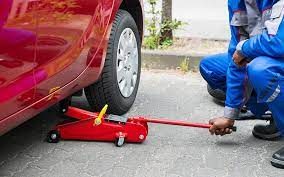
There's a good way and a bad way to jack up your car. Putting a jack under your oil pan, for example, is an excellent way to transfer all of the oil from your engine to the floor of your garage before you replace, well, your oil pan. There are several areas where it's best to put a jack, but if you're unsure, consult your owner's manual. It'll tell you the best spot for your specific car.

The simple fact is that run-flat tires are making the very existence of spare tires more and more rare in today's world. That's no excuse to not know how to jack up your car and change a tire, like the guy in that awful "Handy Man" commercial.
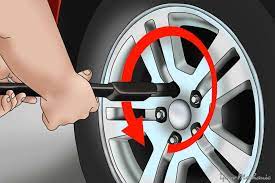
There are a few points here. First, don't just cinch your lug nuts as tightly as you can get 'em or you'll want to go back in time and kick yourself for doing so as soon as you need to get them off. Use a torque wrench to get them to your manufacturer's specified range -- no more, no less. If you don't have a torque wrench, get one, then use it to torque every other lug nut in a star-shaped pattern (diagonally across from each other) until you've done them all.
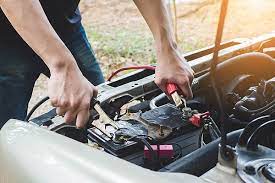
Look, it's not that difficult. Positive clamp on dead battery. Positive clamp on good battery. Negative clamp on good battery. Negative clamp on bare, grounded metal on car with dead battery. Start good car, wait a couple of minutes, start dead car. Unclamp everything in reverse order and do not touch the clamps to each other. Now go drive your car for a while to let the alternator charge it up.
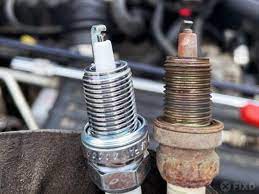
Unless your car is 100% electric (Nissan LEAF, Tesla, etc.), you've got spark plugs. While they certainly will last an order of magnitude longer than plugs in the olden days, they still need to be changed, and dealerships are truly thrilled at the prospect of overcharging you to do something that can be done at home. If you don't know what you're doing -- and it is a bit more involved than it used to be -- head to YouTube and you'll almost definitely find someone changing the plugs on a car just like yours.
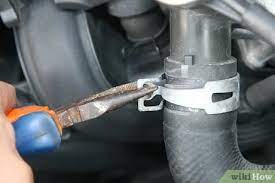
Some cars today have approximately 947 hoses, and you'll never get to all of them if you're attempting a DIY repair on the side of the highway. A coolant hose, however -- the big hose that runs from your radiator -- is the one most likely to go, but it's also the easiest to change, usually.
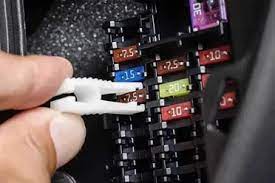
Chasing electrical problems is the bane of every shade-tree mechanic's existence. For a given problem -- as in, your taillights all went out at once -- you should first hope that it's just a fuse, then proceed to track down the appropriate culprit based on the symptoms. See your manual for a fuse map.
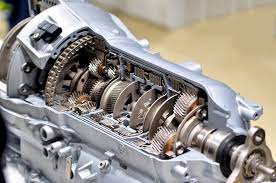
One is a rotational force, and the other is a metric based on that rotational force, multiplied by the measured RPM, divided by 5,280.
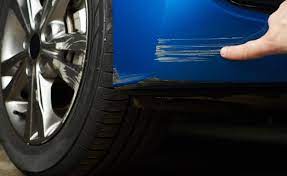
One small scratch might seem like a nuisance, but if you don't take care of one, the next thing you know, your car will be covered in them. Learning how to use things like rubbing and polishing compounds with an orbital or random orbital polisher is a skill that takes just a few hours to adequately learn, and one that pays huge dividends for the rest of your life.
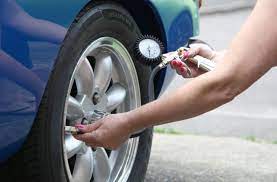
If you can't figure this one out, you haven't been paying attention.
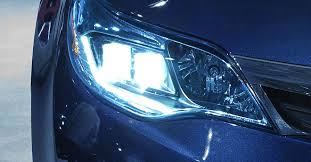
Those foggy, yellow-y headlights on your car are actually kind of a safety hazard, reducing your visibility at night. With less than half an hour of wet sanding with ultra-fine sandpaper and polishing with a rubbing compound, they'll be crystal clear, and you won't look like the rookie car guy who doesn't know a damn thing about polishing.
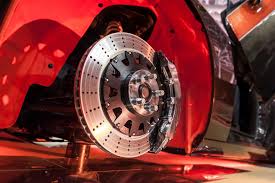
Companies love to charge you plenty of money to "do a brake job." Why on Earth would you ever pay for something that's almost as simple as jacking up the car and removing a few bolts, replacing a few parts, and tightening everything back down?

Bleed/flush your brakes
If you ever plan on going to a racetrack, you should flush your brake fluid, and bleed it if you've not done so lately, or if your brake pedal is getting soft. If you have no idea what I'm talking about, find your brake fluid reservoir. If the fluid is black, that's very bad.